Many changes took place to old U.S. Highway 65 over a 16-year-long improvement project. Garver, LLC remained a stable force while assisting the Arkansas State Highway and Transportation Department complete improvements on the high-priority corridor.
Contracted initially in 1993, Garver designed 18 miles of Highway 65, mostly on new alignment, between Harrison, Ark. and the Arkansas-Missouri border near Branson, Mo. Garver's services during the seven-phase construction project included a corridor study, selecting the centerline alignment, setting the grade, evaluating several interchange alternatives and developing construction plans for the partial controlled access facility. The final section of Highway 65 improvements opened to the public in 2009.
"Although the highway department experienced many changes in staff and senior managers during the life of the project, Garver retained a majority of the critical design managers throughout the project. Garver's stable staff had the history and experience to cost effectively make adjustments to the project as new contracts came up for bidding," said Garver Transportation Director, Bert Parker, PE, who worked on the project since its inception.
The project runs through the rugged terrain of the Ozark Mountains and serves as a major route connecting central Arkansas with central Missouri. In the early 1990s, the roadway was reaching its peak capacity, and if no changes were made, it would become extremely congested.
Because the highway followed the area's rolling and mountainous terrain, 25 curves had a curvature greater than 6.5 degrees—which is the maximum allowed for a 55-mph design speed. The highway's alignment through the sharp curves and steep grades contributed to above-average statewide accident and fatality rates.
Now open, the four-lane divided facility utilizes the original roadway's location whenever possible and was reconstructed or relocated where warranted to accommodate a 60-mph design speed.
Corridor Study
"Instead of going straight into the design phase in 1993, we proposed that a corridor study should be performed to closely nail down the alternatives of the selected corridor," Parker said. "The study focused on where to widen the existing alignment and where to relocate Highway 65 on new alignment."
Garver's corridor study examined the Highway 412/Highway 65 interchange, which was adjacent to a critical groundwater recharge area and a famous artesian spring, and the route between the interchange and the Arkansas-Missouri border. The study considered more than 10 different concept alignments for the interchange and 20 alignments for the roadway route
Design Plans
Garver provided construction plans including maintenance of traffic, detours, temporary connections, signing and striping for all seven separate construction projects. For the right-of-way phase, Garver provided all parcel surveys, title certificates, right-of-way appraisal and acquisition maps, legal descriptions and contracts to sell right-of-way.
Multiple bridge designs included 1,732-foot dual structures over Cricket Creek, a five-lane skewed structure supported on a mechanically stabilized embankment over Denning Creek, and a single-lane curved and skewed ramp bridge over Highway 65 at the 412 interchange.
Simple and continuous composite structural steel spans were used on all structures with rolled beams and plate girders on spans ranging up to 200 feet.
Due to environmental considerations for the Cave Springs recharge area, the ground could not be excavated below a couple of feet, which made conventional bridge pier foundations unacceptable for the Denning Creek Bridge. Garver designed the bridge as a single 150-foot span supported on mechanically stabilized embankments. The embankments required approximately 3,000 feet of MSE retaining walls penetrated by box bridge structures for the adjacent Rest Area Creek and Dry Creek.
"Improving Highway 65 provides travelers with a stress-free trip rather than a drive with all of the curves, hills and other problems associated with the previous route," said District Engineer Ralph Fulton with the Arkansas State Highway and Transportation Department. "The project flowed very smoothly in Garver's hands."
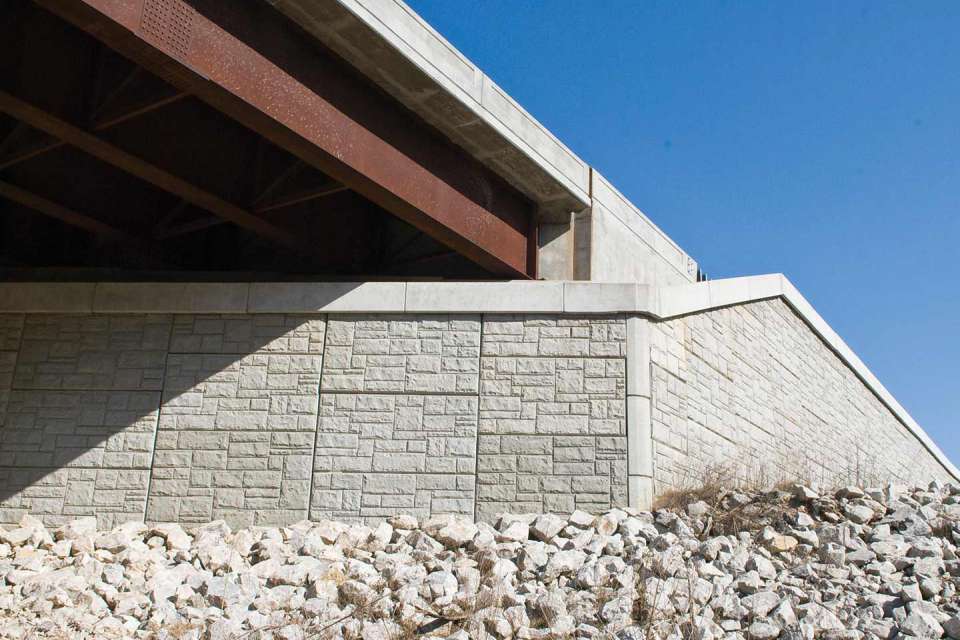

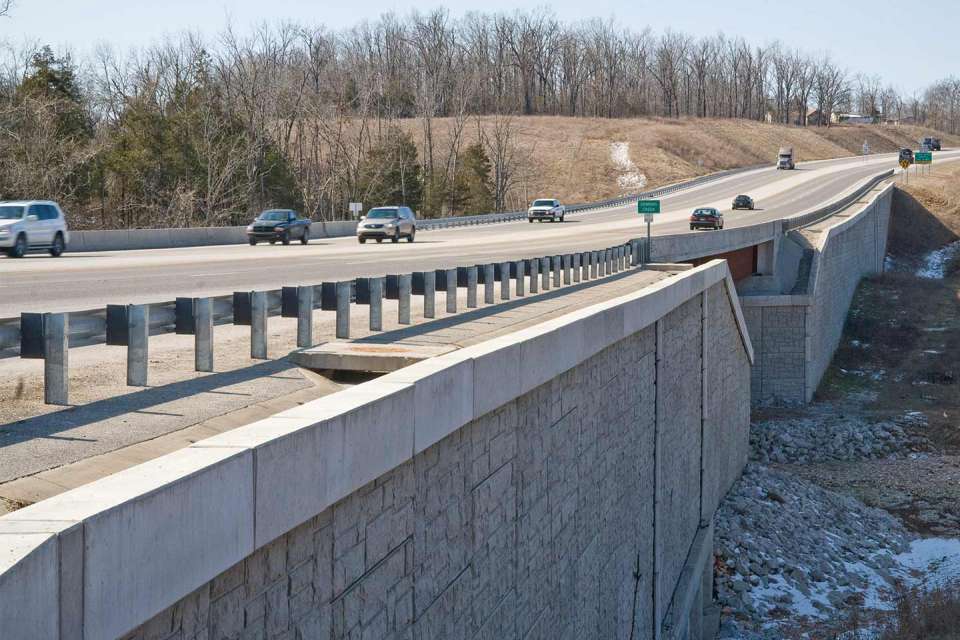
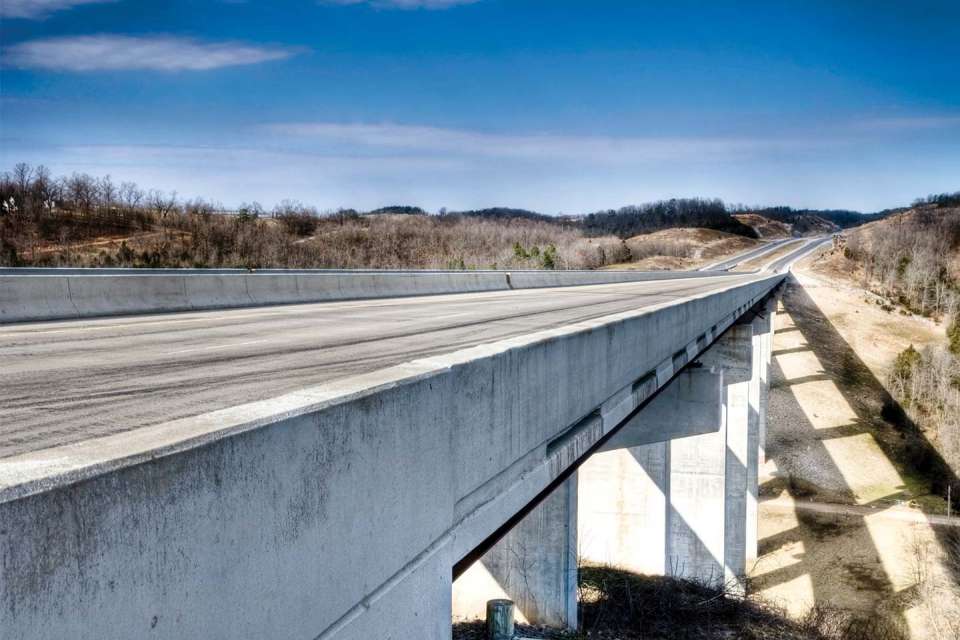
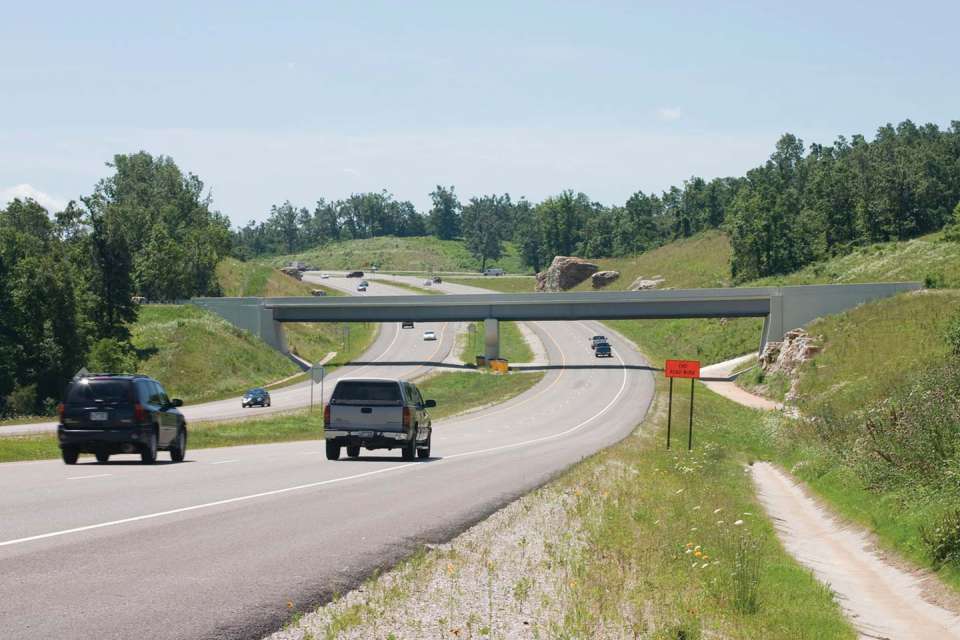
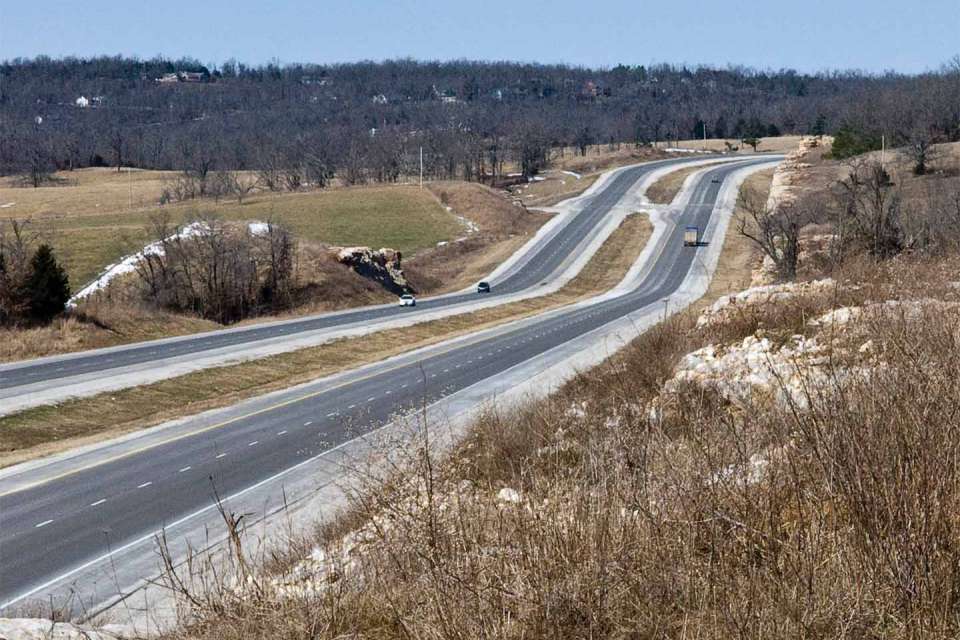
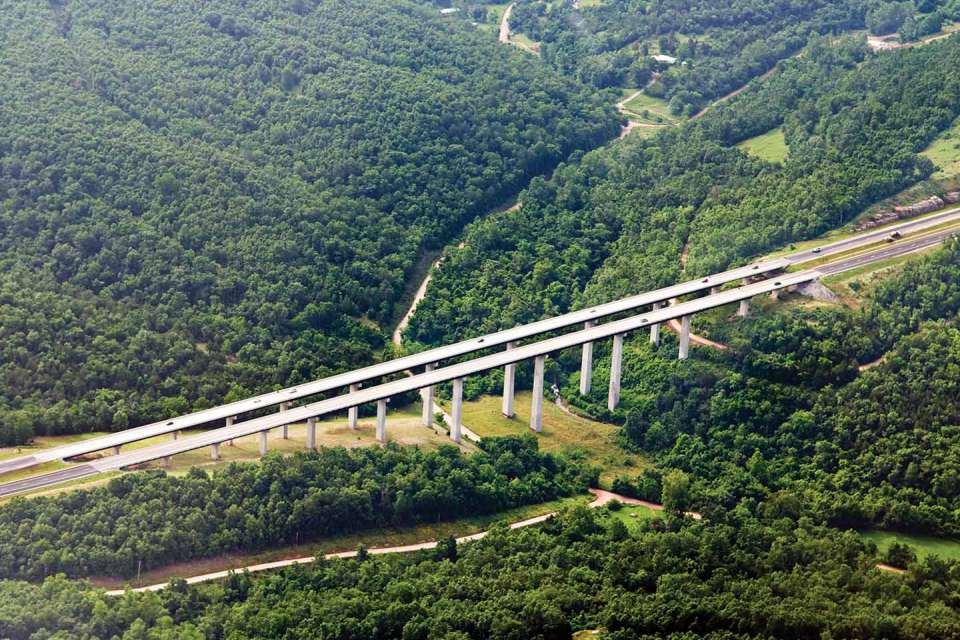

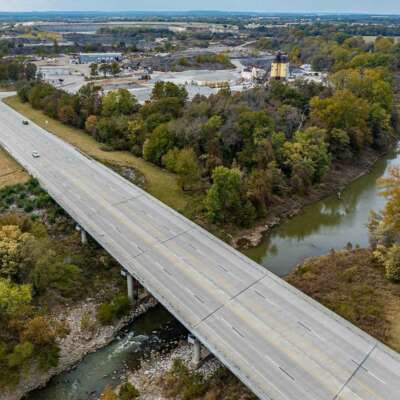
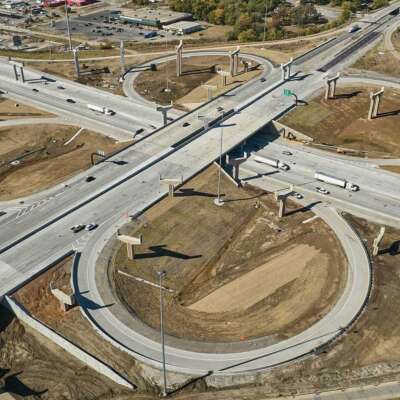
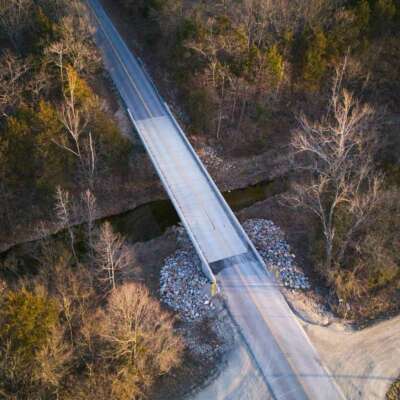



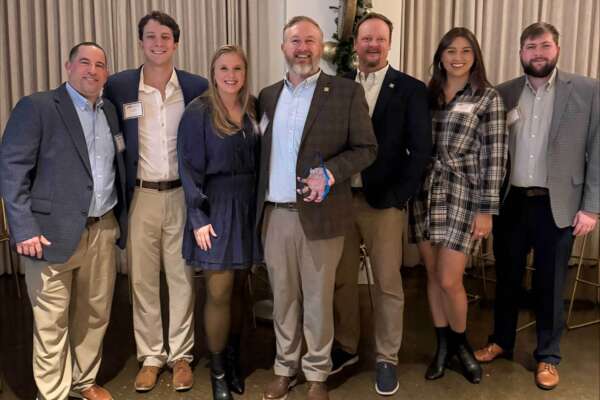
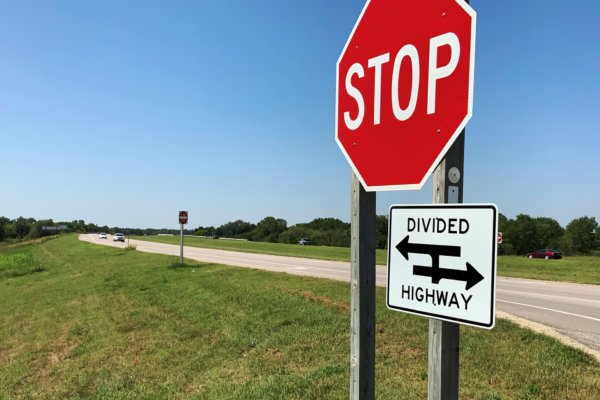

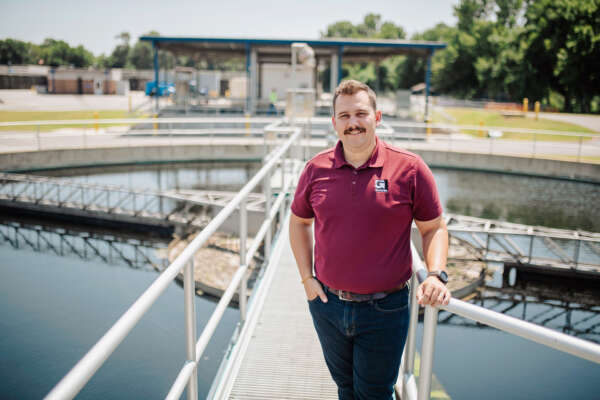


Share this article